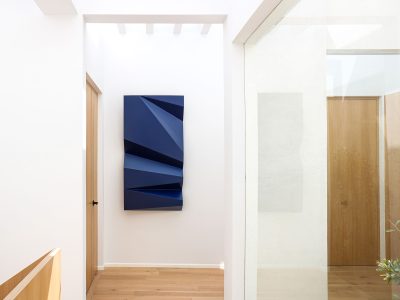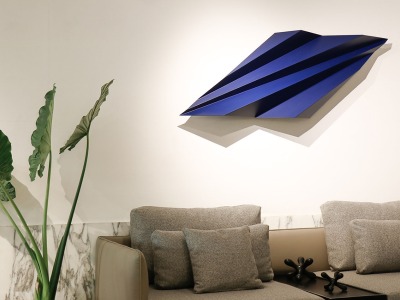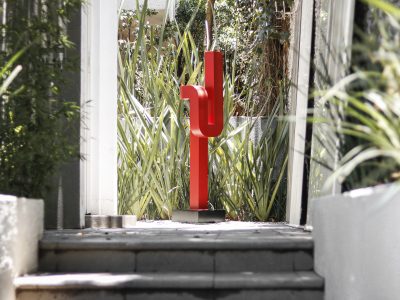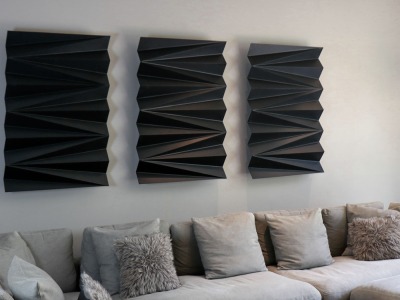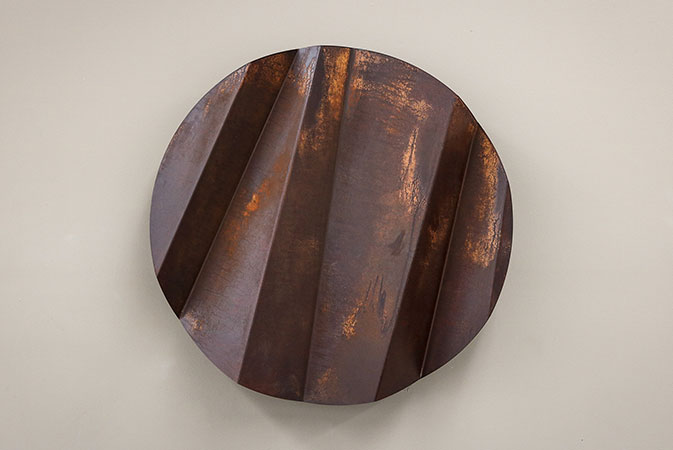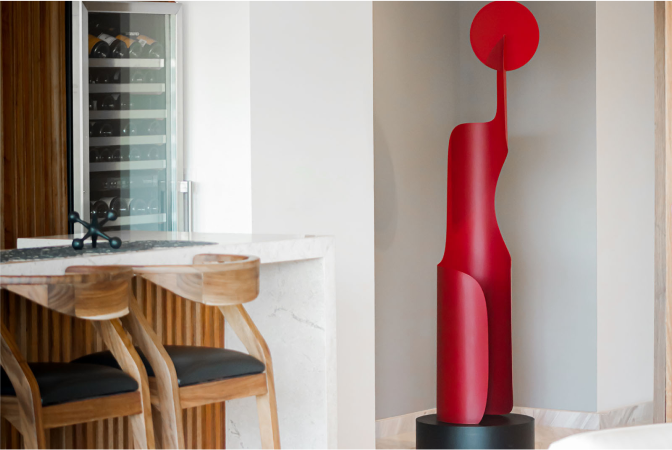Metal craft sculpture has been around for centuries and examples of it can be found around the globe. These pieces are artistic structures made using metal as the primary material. As forms of expression, they can take shape in many ways and can speak to a wide range of artistic styles and genres. While historically some pieces were intended as functional objects, they have become art in our day and age. We’ll learn more about metal sculpture art below.
What are metal sculptures used for?
As mentioned above, the uses of metal sculpture can vary. Some pieces began their life as utilitarian objects, while others were designed specifically for beautification purposes. Now, metal sculptures are used as public works (in parks and museums) or private works (in homes or businesses). However, there can be some overlap. For example, you may see a sculpture in a museum that belongs to a private collection.
The best part about metal sculptures is their versatility. Since most metals are durable, you can place a metal piece both indoors and outside, allowing them to be displayed in a wide range of places whether public or private. They are also great ways to add dimension to personal spaces. At ENNAIA, all of our pieces are designed to add gravitas to your space. Each one has a story of its own – and it’s ready to tell it in your home.
What types of metal are used?
Typically, the most common metals used in metal sculpture are gold, steel, aluminum, tin, lead, silver, and bronze. But metal sculptures can be made with one or more types of metal and mixing multiple can bring a unique look to a piece.
Iron
Iron is a strong, durable and versatile metal used in many sculptures. It’s also abundantly available. Throughout civilization, iron has been formed and crafted into useful objects. Iron (and its other iterations like stainless steel and wrought iron) can rust if exposed to the elements.
Tin
Tin is another very common material used in artwork. It is light, malleable, and easy to use. Because tin is also used in everyday options (like cans), tin is a popular recycled art material.
Bronze
Bronze has been around since ~3500 B.C. – that’s a long time. It’s harder than iron and doesn’t wear as much, making it a great option for use outdoors. You’ve probably seen bronze used in busts and other statues featuring the human form.
Copper
Copper is a pure metal like silver and gold. This material makes beautiful pieces due to its unique color and the patina that can form over time. It’s strong, easy-to-use, and can conduct electricity (which can be helpful with mixed-media artwork).
Steel
Steel is widely used due to its versatility. However, because environmental conditions can degrade steel, it’s important to coat it. Common finishes like electrostatic and automotive paint are practical options that not only add color to the sculpture, but protect it, too.
Stainless Steel
Unlike steel, stainless steel does not rust. It’s extremely strong, durable and can withstand environmental factors over the course of time. Not to mention, stainless steel can be finished in a variety of ways – each with their own unique look and feel. The mirror finish, for example, is one of the most liked.
Why is metal used in sculpture?
There are many characteristics of metal that make it ideal for using in sculpture. First, metal is relatively malleable. Depending on the type, it can be molded, melted, bent, shaped, hammered, and modelled without damaging it. This allows the artist or craftsman more freedom in achieving their design vision.
Second, metal is durable. It can withstand heat, weather, light, and more. It should be noted that some metal can rust or develop a patina, but many outdoor pieces are designed in a way that this effect accentuates and enhances the piece, rather than take away from its meaning.
What are examples of famous sculpture in metal?
Metal sculpture has been around for centuries, and during that time many famous artists have been discovered. Artists like Donatello, Auguste Rodin, Constantin Brancusi and more defined their own generations and paved the way for the modern artists we see today. See examples of famous works below:
Maman (The Spider) by Louise Bourgeois

Bronze David by Donatello
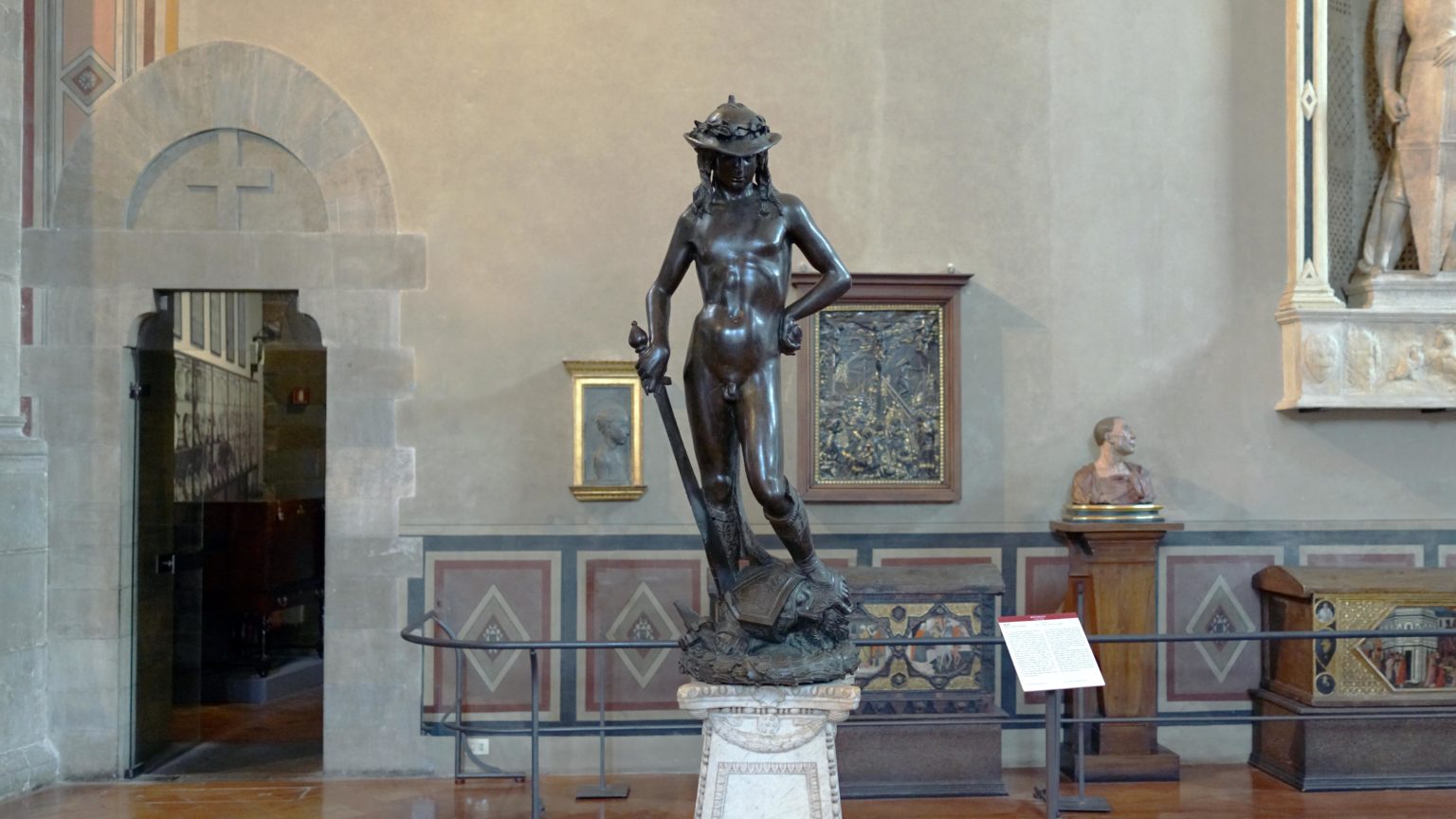
Bird Girl by Sylvia Shaw Judson
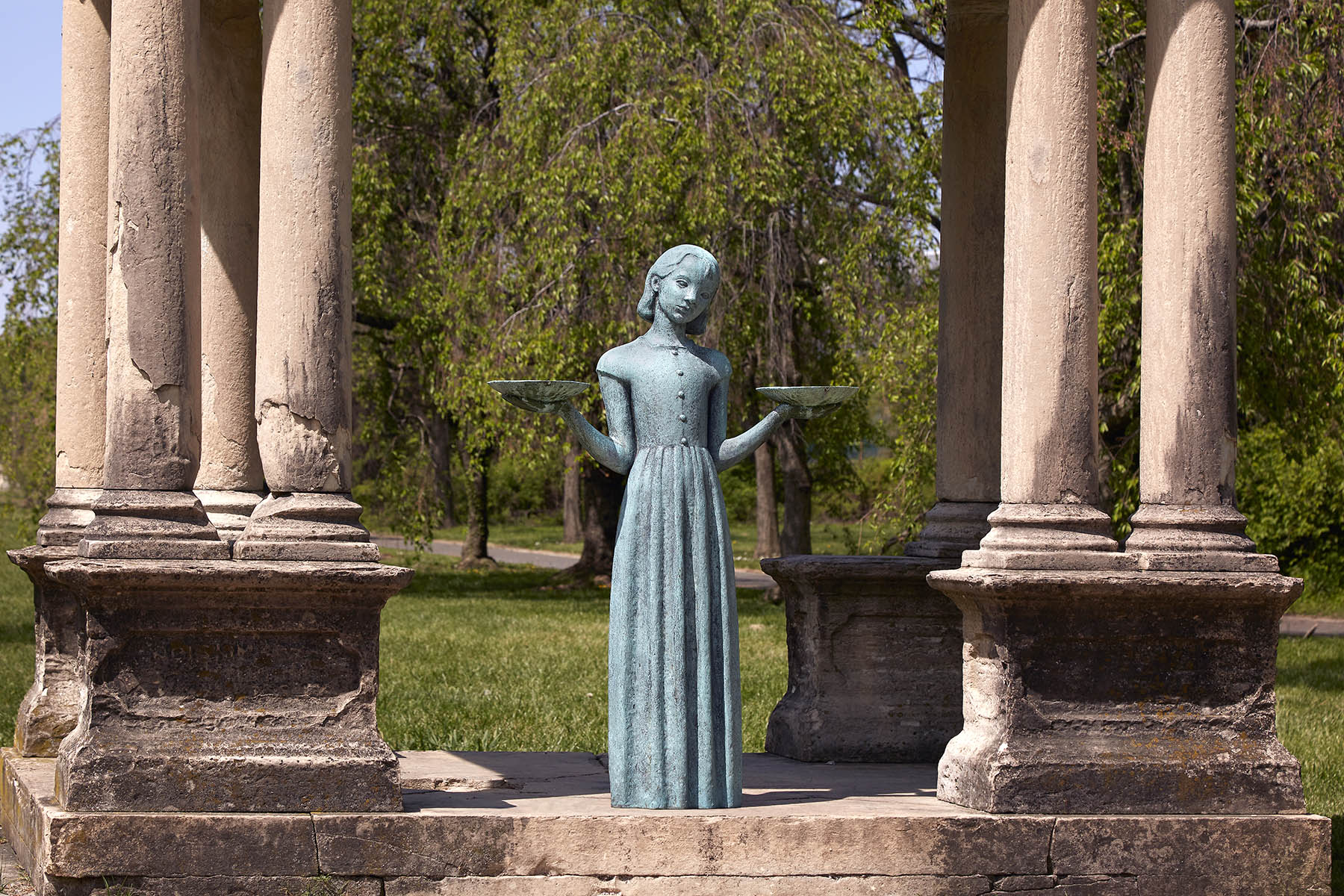 The Kelpies by Andy Scott
The Kelpies by Andy Scott
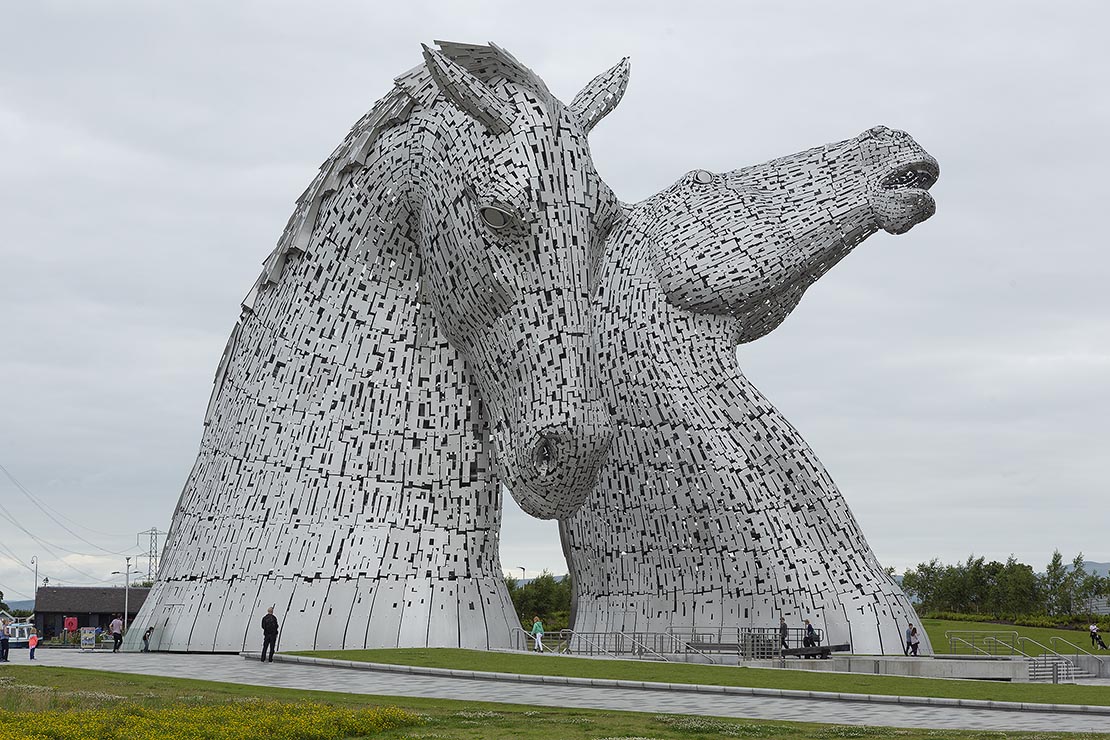
Cloud Gate (The Bean) by Sir Anish Kapoor
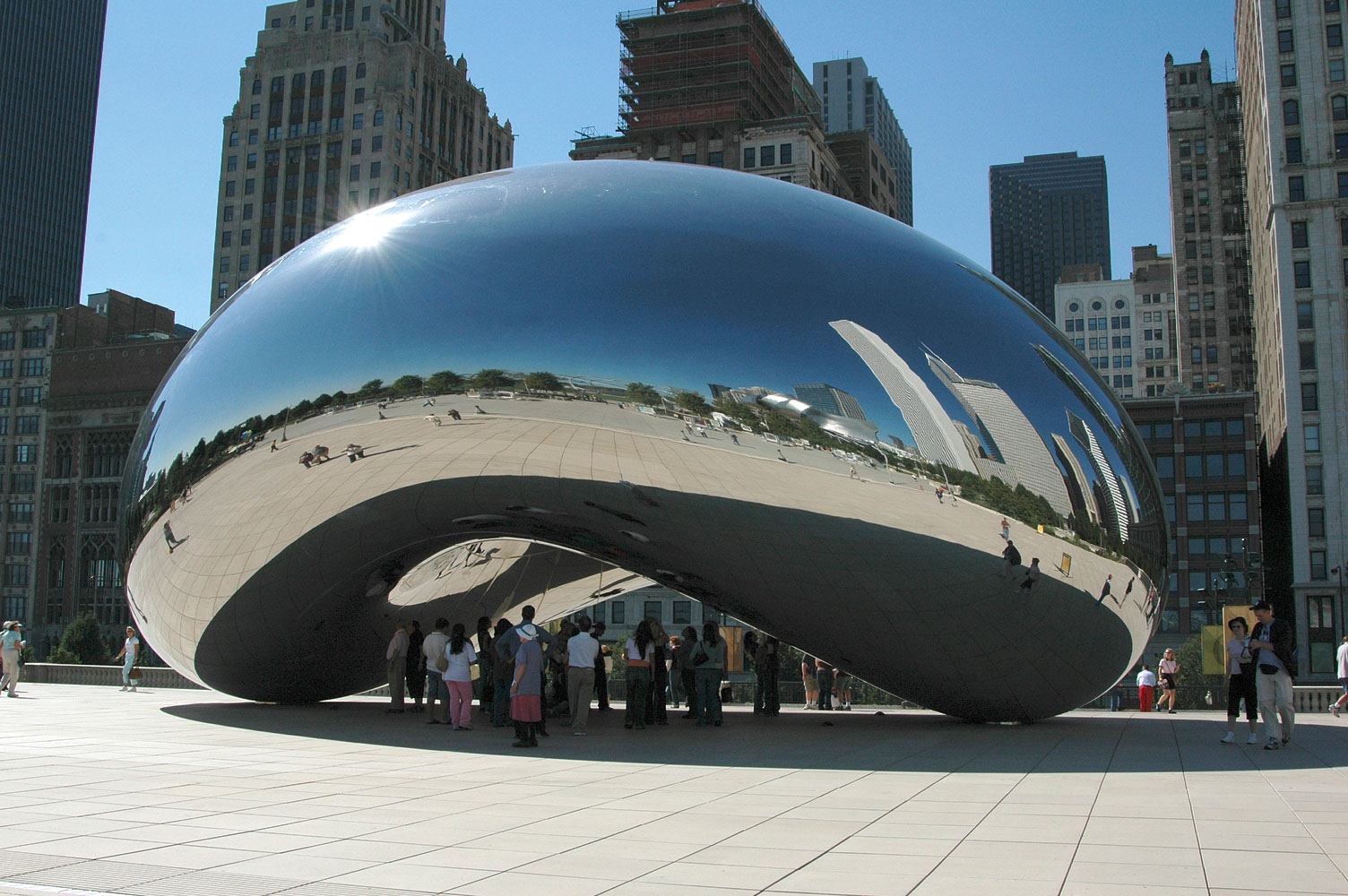
How is metal art made?
First, it is ideated – the artist or creator develops an idea or concept that they want to bring to life. Then, the concept is sketched out with pen and paper. Next, the creator determines what kind of metal they want to use, and the manufacturing plans of the piece are developed. Since metal can be shaped in many ways, different tools and equipment could be used (i.e. a hammer, an anvil, welding equipment, power blenders, grinders, molds). If the piece includes additional materials those are included as well. Finally, the piece is finished with polish or paint – or left as is for a natural look that weathers over time.
At ENNAIA, each piece is inspired by history and made by hand by one of our skilled craftsmen. Learn more about our specific process, and how our metal art is created.
Metal Sculpture Can Bring Life to Your Space
Overall, metal sculptures are beautiful, enduring pieces that can add culture to communities and meaning to personal spaces. Throughout history they’ve made us think, wonder and dream. We believe choosing a sculpture for your home or business is an important task, and each of our sculpture are designed to bring something special to your space. Choose the one that best speaks to you!

